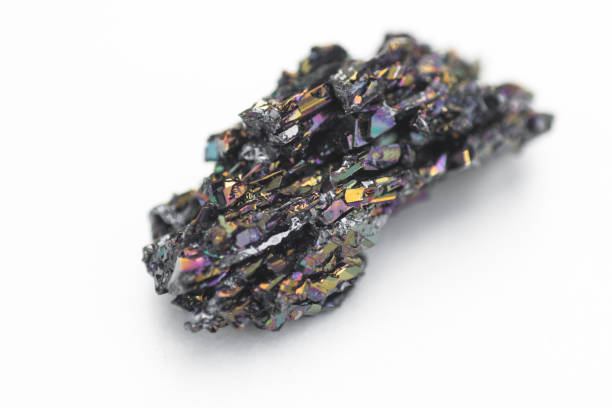Overview
Silicon carbide (SiC) power devices are influencing the development of power electronics due to their material properties. SiC's physical and chemical characteristics make it an important semiconductor technology for next-generation power electronics. This article summarizes the principles, advantages, applications, and potential impact of SiC power devices.
Basic properties of silicon carbide
Silicon carbide is a hard, nonmetallic material composed of silicon and carbon. It occurs only rarely in nature and is primarily produced synthetically. Compared with conventional silicon (Si) semiconductors, SiC offers higher thermal conductivity, greater electric field breakdown strength, and a wider bandgap. These properties allow SiC devices to operate reliably at elevated temperatures, higher voltages, and higher switching frequencies where silicon devices face limitations.
Operating principles of SiC power devices
The key advantage of SiC power devices is their ability to control power flow efficiently under demanding conditions. The wide bandgap of SiC results in a larger energy barrier that remains effective at high temperatures, preserving semiconductor behavior. In addition, SiC's high breakdown field strength and high thermal conductivity enable devices to tolerate higher voltages and heat flux, which is critical for increasing power density and efficiency.
Advantages
Compared with traditional silicon power devices, SiC power devices offer several notable advantages:
- High temperature stability: SiC devices can operate stably at temperatures up to around 600°C, while conventional silicon devices typically have upper limits in the 150°C to 200°C range.
- High efficiency: The wide bandgap reduces carrier recombination losses, yielding lower switching and conduction losses in high-frequency applications.
- High voltage tolerance: The higher breakdown field strength of SiC allows for thinner device structures that can withstand higher voltages.
- Superior thermal conductivity: The high thermal conductivity of SiC supports faster heat dissipation, improving power density and long-term reliability.
Applications
SiC power devices are being applied across multiple fields:
- Electric vehicles: SiC devices can increase charging efficiency and driving range while reducing the size and weight of power systems.
- Renewable energy: In solar inverters and wind power conversion systems, SiC devices can improve conversion efficiency and reduce energy losses.
- Power transmission: SiC technology can be used in high-voltage direct current (HVDC) transmission systems to enhance transmission efficiency and reduce losses.
- Industrial and consumer electronics: From power adapters to household appliances, SiC's high efficiency and temperature tolerance enable more compact and energy-efficient products.
Future outlook
As SiC manufacturing advances and costs decline, SiC power devices are expected to see broader adoption. Researchers and engineers are addressing challenges such as improving crystal growth quality, reducing manufacturing costs, and developing more efficient device designs to accelerate commercialization and wider deployment of SiC technology.
Conclusion
Silicon carbide power devices, through their performance advantages and broad application potential, are driving significant changes in power electronics. With continued technological progress and expanding applications, SiC is poised to become a foundational technology for modern power systems, electric transportation, intelligent manufacturing, and clean energy, enabling more efficient and sustainable electrical and electronic systems.
 ALLPCB
ALLPCB






